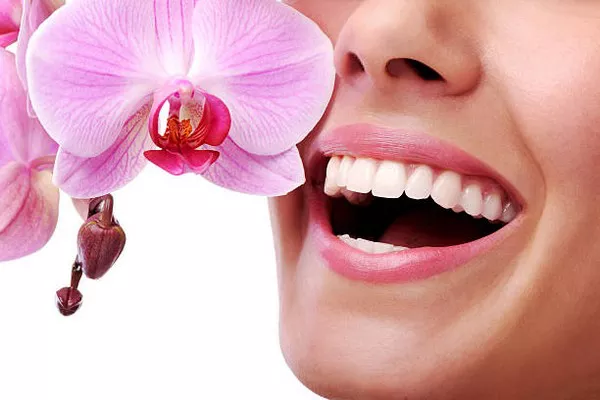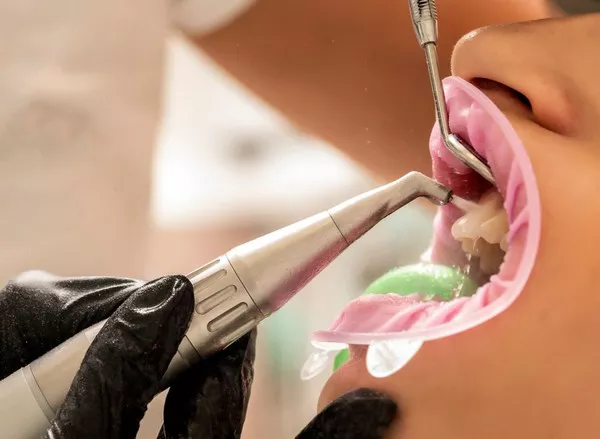Orthodontic treatment has come a long way in the past few decades, with advancements in technology and methodology offering more effective and efficient solutions for achieving a perfect smile. Among these innovations, orthodontic bands play a crucial role in the success of braces. These bands come in various forms and serve specific purposes, from maintaining archwires in place to correcting complex bite issues. This article delves into the types of orthodontic bands, their functions, customization options, proper usage, and the benefits they bring to orthodontic treatment.
Types of Orthodontic Bands
Orthodontic bands are essential components of braces, applying pressure to move teeth into their correct positions. There are several types of bands used in orthodontic treatment, each with unique functions:
- Ligatures or ‘O’ Ties
- Elastic Bands
- Class II Elastics
- Class III Elastics
- Vertical Elastics
- Front Cross Elastics
- Ligatures or ‘O’ Ties
Ligatures, commonly known as ‘O’ ties, are small rubber bands used to keep the archwires of braces in place. These bands are placed around each bracket, securing the wire that exerts pressure on the teeth. Ligatures come in various colors, allowing patients to personalize their braces and make the experience more enjoyable.
Elastic Bands
Elastic bands, or elastics, are larger rubber bands added to orthodontic treatment to assist in straightening teeth and aligning the bite. They are typically hooked between brackets on the upper and lower teeth, creating additional pressure to guide teeth into proper alignment. Elastics come in different sizes and strengths, depending on the specific needs of the patient.
Class II Elastics
Class II elastics are used to correct an overbite, where the upper teeth overlap the lower teeth excessively. These elastics are attached from the upper canines to the lower molars, pulling the upper teeth back and the lower teeth forward to improve the bite alignment.
Class III Elastics
Class III elastics serve the opposite purpose of Class II elastics. They are used to correct an underbite, where the lower teeth protrude beyond the upper teeth. These elastics are hooked from the lower canines to the upper molars, helping to move the lower teeth back and the upper teeth forward.
Vertical Elastics
Vertical elastics are used to keep the teeth together and correct open bites, where there is a gap between the upper and lower teeth when the mouth is closed. They are typically attached from the upper teeth to the lower teeth vertically, applying pressure to close the gap.
Front Cross Elastics
Front cross elastics are utilized to correct midline discrepancies, where the center line of the upper and lower teeth do not align properly. These elastics are placed diagonally across the front teeth, helping to shift the midline into the correct position.
see also: Unlocking the Benefits: Are Orthodontics Covered by FSA?
Function of Elastic Bands
Elastic bands in orthodontics work by attaching between two points on the upper and lower braces. They apply pressure in areas where braces alone cannot, making them indispensable for certain orthodontic corrections. Here’s how they function:
Jaw Alignment: Elastic bands can move the jaw forward or backward, aligning the bite and correcting issues like overbites and underbites.
Spacing Adjustments: They help adjust the spacing or positioning of teeth, closing gaps or shifting teeth into their proper places.
Speeding Up Treatment: By applying additional pressure, elastic bands can speed up the alignment process, reducing the overall duration of brace wear.
The strategic placement of elastic bands allows orthodontists to address specific bite issues more effectively, enhancing the overall results of the treatment.
Customization and Appearance
One of the appealing aspects of orthodontic bands, particularly ligatures, is the ability to customize their appearance. Elastic bands come in a variety of colors, enabling patients to personalize their braces. This customization can make the experience of wearing braces more enjoyable, especially for younger patients.
Patients can choose colors that match their personality, school colors, or even holiday themes. This personalization helps to mitigate some of the self-consciousness that can accompany wearing braces, turning the treatment process into a more positive experience.
While elastic bands are noticeable, their function in orthodontic treatment is essential. They play a critical role in achieving the desired alignment and bite correction, contributing significantly to the success of the treatment.
Proper Usage and Care
Proper usage and care of elastic bands are crucial for the effectiveness of orthodontic treatment. Here are some key points to ensure optimal results:
Follow Orthodontist’s Instructions
It is imperative to follow the orthodontist’s instructions regarding the use of elastic bands. This includes wearing them for the prescribed duration each day and changing them as directed. Consistency in wearing the bands is vital for the treatment to progress as planned.
How to Put on Elastic Bands Correctly
Orthodontists provide detailed guidance on how to put on elastic bands correctly. Patients are usually shown how to hook the bands between the designated brackets. It’s important to ensure the bands are securely in place to maintain the necessary pressure.
Change Bands as Directed
Elastic bands lose their elasticity over time, reducing their effectiveness. Patients should change their bands as directed by their orthodontist, typically several times a day. Fresh bands ensure consistent pressure is applied to the teeth and jaw.
Addressing Discomfort or Soreness
Wearing elastic bands can cause some discomfort or soreness, particularly when first starting or after changing to a new set. This is normal and indicates that the bands are working. Over-the-counter pain relievers and orthodontic wax can help alleviate discomfort. Patients should also communicate with their orthodontist if the pain is severe or persistent.
see also: Tan Orthodontics Continues Annual Tradition with Yolo County CASA Giving Tree
Benefits of Using Elastic Bands
The use of elastic bands in orthodontic treatment offers several benefits, including:
Improved Bite Alignment: Elastic bands help correct overbites, underbites, open bites, and midline discrepancies, resulting in a properly aligned bite.
Faster Treatment Progress: By applying additional pressure, elastic bands can accelerate the movement of teeth and jaw alignment, shortening the overall treatment time.
Enhanced Overall Results: The strategic use of elastic bands contributes to achieving optimal alignment and bite correction, enhancing the overall results of orthodontic treatment.
Conclusion
Orthodontic bands are indispensable in the world of braces, playing a crucial role in achieving the desired alignment and bite correction. From ligatures that secure archwires in place to elastic bands that address complex bite issues, these components are essential for effective orthodontic treatment. By understanding the types of bands, their functions, customization options, proper usage, and the benefits they offer, patients can better appreciate their role in the journey toward a perfect smile.
Orthodontic treatment is a collaborative effort between the patient and the orthodontist, with compliance and proper care being key factors in the success of the treatment. Embracing the process and adhering to the guidelines provided by the orthodontist can lead to a more efficient and effective treatment experience, resulting in a healthier, more beautiful smile.
FAQs about Elastics (Rubber Bands) for Braces
1. What are the heaviest elastics for braces?
The heaviest elastics for braces are typically referred to as “heavy” or “extra heavy” elastics. These elastics exert a higher amount of force on the teeth and are used in cases requiring significant tooth movement or jaw alignment adjustments. The exact strength can vary, but heavy elastics often exert forces ranging from 6 to 8 ounces (170 to 225 grams). Your orthodontist will provide the specific type and strength needed based on your treatment plan.
2. What are the levels of rubber bands for braces?
Rubber bands for braces come in various levels of force, typically categorized as follows:
Light Elastics: These exert the least amount of force, usually between 2 to 4 ounces (57 to 113 grams). They are often used for minor adjustments and to initiate movement.
Medium Elastics: These exert a moderate amount of force, usually between 4 to 6 ounces (113 to 170 grams). They are commonly used for ongoing adjustments and moderate tooth movement.
Heavy Elastics: These exert a higher amount of force, typically between 6 to 8 ounces (170 to 225 grams). They are used for significant movements and more challenging corrections.
Extra Heavy Elastics: These exert the most force and are used in cases that require substantial movement or significant jaw alignment.
3. Are there different strengths of rubber bands for braces?
Yes, there are different strengths of rubber bands for braces, each designed to apply a specific amount of force to achieve various orthodontic goals. These strengths are usually indicated by the thickness and diameter of the rubber bands. Orthodontic rubber bands are classified by their force levels, typically labeled as light, medium, heavy, or extra heavy. The orthodontist will select the appropriate strength based on the required movement and the patient’s specific needs.
4. Do stronger elastics move teeth faster?
Stronger elastics can move teeth faster, but they are not always the best choice for every situation. The speed of tooth movement depends on several factors, including the type of movement required, the patient’s age, and the overall treatment plan. While stronger elastics exert more force, they can also cause increased discomfort and may lead to adverse effects if not used properly. Orthodontists carefully balance the force applied to ensure safe and effective tooth movement. Using elastics that are too strong can result in root resorption, increased pain, and potential damage to the teeth or gums. Therefore, it is crucial to follow your orthodontist’s instructions and not switch to stronger elastics without their guidance.
You Might Be Interested In
































